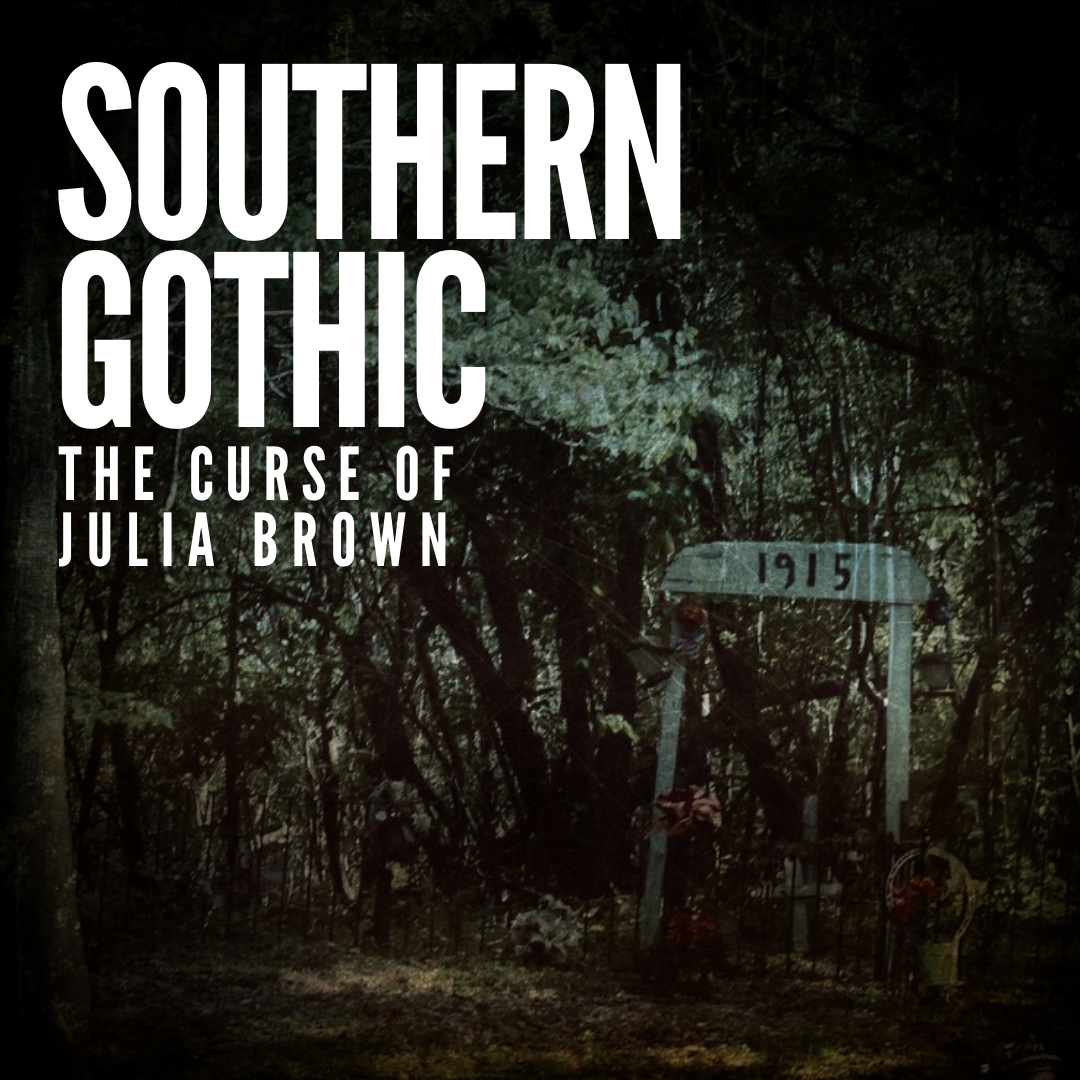The Abandoned Town of Thurmond, West Virginia
Thurmond, West Virginia was incorporated in 1901, almost three decades after its founder Captain W. D. Thurmond took ownership of 73 acres of land bordering the Chesapeake & Ohio Railroad line. The Confederate veteran envisioned a prosperous community to serve the many miners working in the coal mines of the New River Gorge, and reality quickly dwarfed his original dreams. By the beginning of the twentieth century, Thurmond became the most prosperous coal town in the state; however, much to Captain Thurmond’s chagrin, some of this success came from the notorious reputation of Thurmond’s Southside.
Between the vice of Southside and the location of Thurmond’s train depot, the community grew rapidly. People poured into town for both work and play. At the height of Thurmond’s boom fifteen passenger trains stopped at the historic train depot daily, serving as many as 95,000 passengers a year; but with every boom there is a bust, and once the coal industry began to wane, Thurmond could not survive.






















































